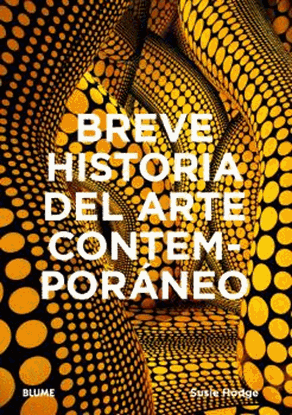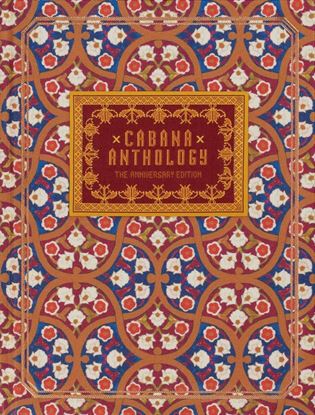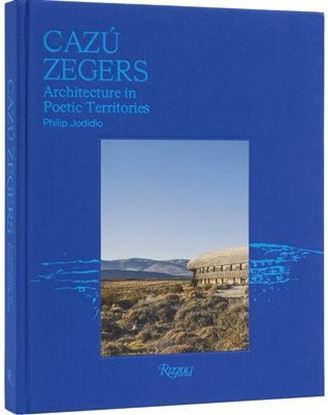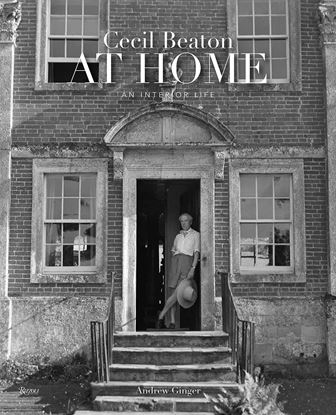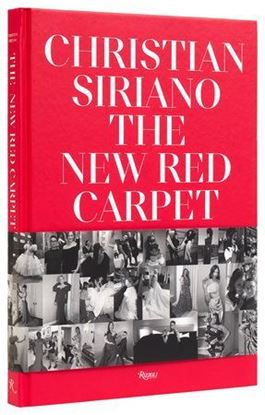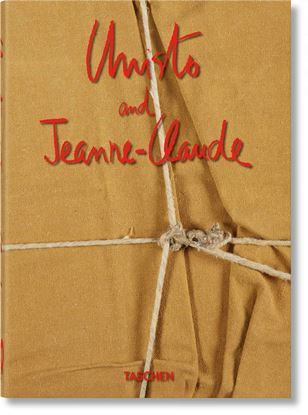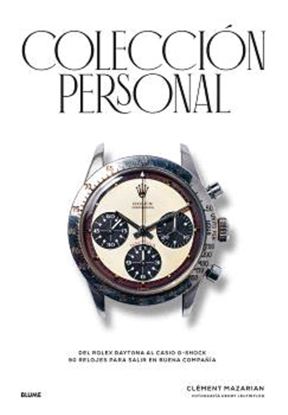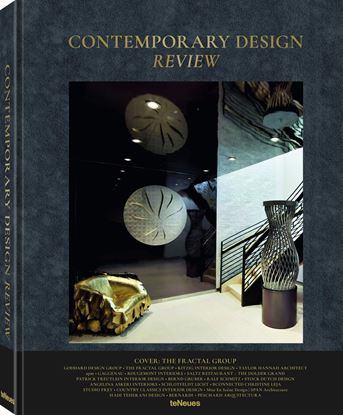

BREVE HISTORIA DEL ARTE CONTEMPORANEO
Guía de bolsillo sobre los movimientos, las obras, los temas y las técnicas fundamentales. * Una nueva e innovadora introducción al arte creado desde finales de la década de 1960 hasta nuestros días. * 49 obras esenciales del arte contemporáneo, piezas que van desde el land art y el performance art hasta óleos y NFT, que se relacionan con los movimientos, conceptos y metodologías más significativos. Accesible, conciso y profusamente ilustrado con imágenes de obras emblemáticas de creadores de todo el mundo, este libro explora cómo y por qué se desarrolló este arte y se ponen de manifiesto las cruciales innovaciones de diversos artistas. Esta desmitificadora introducción al tema permite conocer con profundidad y disfrutar en toda su extensión el arte más revolucionario creado en las últimas décadas.
1,400
BUNNY WILLIAMS: LIFE IN THE GARDEN
This is Bunny Williams’ most ambitious book to date.
Inviting us into her impressive grounds with charming personal anecdotes, expert advice, and hundreds of stunning photographs–printed on two different speciality stocks–Bunny Williams illustrates every aspect of the gardens surrounding her eighteenth-century manor house in Northwestern Connecticut in different lights and seasons.
A popular stop on the Garden Conservancy circuit, Williams’ property boasts a parterre garden,year-round conservatory, extensive vegetable garden, orchard, woodlands, an aviary with exotic fowl, and a rustic poolside Greek Revival–style folly. Each section of the garden is accompanied by adirectory of featured plants—from native ferns and succulents to a wide variety of flowering specimens.
3,750
CABANA ANTHOLOGY: THE ANNIVERSARY
Celebrating 10 years of publishing the finest interior design and decorative arts, Cabana Anthology: The Anniversary Edition is a stunning showcase of the most impressive and influential styles featured in the cult interiors magazine in its first decade. This sublime book delves into the stories behind a multitude of stunning interiors, offering insights from the designers, collectors, and artists who have contributed to Cabana’s legacy of true artistry and craftsmanship. Founded by editor-in-chief Martina Mondadori along with designer Christoph Radl and publisher Gianluca Reina in 2014, Cabana aims to inspire a new generation of globetrotters, taking them on a journey through sophistication, obsessive collecting, colors, and fabrics.
This stunning volume features the very best photography, interviews, profiles, and features from the publication, with contributions from Carlos Mota, Marco Mansi, and Marian McEvoy, and photographers Miguel Flores-Vianna, Guido Taroni, Mark Luscombe Whyte, Tim Walker, and Joanna MacLennan, among many others.
6,800
CAZU ZEGERS. ARCHITECTURE IN POETIC
This is the first major book on Zegers, who practices an intensely artistic and ecological form of architecture based on landscapes in which she builds. Working frequently in timber, Zegers reaches unique, sustainable, and recyclable solutions that combine and rescue the traditional work of Chilean carpenters with modern techniques. In an almost metaphysical journey, in which organic forms, curves, diagonals, and verticals are combined, Zegers affirms her rising presence as a force in ecologically minded architecture.
5,300
CHRISTIAN SIRIANO
The popular American fashion designer takes us on an exhilarating journey with today’s biggest stars wearing his statement-making designs on the world’s most exciting red carpets.
This highly anticipated sequel to Dresses to Dream About (2017), delves into Siriano’s continued evolution as a visionary, from his groundbreaking fashion that celebrate diversity, inclusion, and body positivity to the meticulous craftsmanship behind each creation. This inspiring tome explores the intersection of fashion, art, and celebrity culture, offering a front-row seat to the dazzling spectacle of Siriano’s bold designs worn by glamorous actors, top models, pop culture legends, LGBTQIA+ icons, and first ladies.
2,995
CHRISTO & JEANNE-CLAUDE (40) (INT)
The works of Christo and Jeanne-Claude are monuments of transience. Gigantic in scale, they are always temporary, created to exist only for a limited time and to leave unique, unrepeatable impressions. “From the smallest of the Packages made in Paris in the early 1960s, to the delicate pattern of hundreds of branches embraced by a translucent fabric veil... in Christo and Jeanne-Claude’s works there is nothing abstract, nothing imagined; it is all there―corporeal and tangible.” (Lorenza Giovanelli)
1,500
COLECCION PERSONAL
Relojes mecánicos, cronógrafos, de buceo y de cuarzo: un recorrido por la historia de la relojería a través de 90 modelos emblemáticos. * Desde los primeros relojes de pulsera hasta los relojes de cuarzo, todos tienen un interés histórico, mecánico o meramente estético. * Un viaje a través de las épocas y las diferentes complicaciones de la relojería. Siglos, incluso milenios, de innovación técnica han llevado a la creación de los relojes tal y como los conocemos hoy. Complejos y estéticos, son obra de artesanos muy cualificados y con un saber hacer excepcional. Pero ¿qué sentido tienen los relojes mecánicos en la era de los smartwatches? ¿Por qué nos fascinan? Tal vez sea porque, junto con la ropa, son los objetos más íntimos de nuestras vidas. Quizá también sea porque algunos han protagonizado extraordinarias aventuras humanas. Acaso porque otros nunca habrían visto la luz sin la perseverancia y la imaginación de grandes personalidades. ¿Somos realmente los dueños de un reloj o nos limitamos a transmitírselo a las generaciones venideras? Pese a las cicatrices que el tiempo les haya dejado, la mayoría de los modelos que figuran en este libro nos sobrevivirán. De hecho, la mayoría de ellos son relojes antiguos, con pátina, oxidados, imperfectos, simplemente vividos.
2,900

